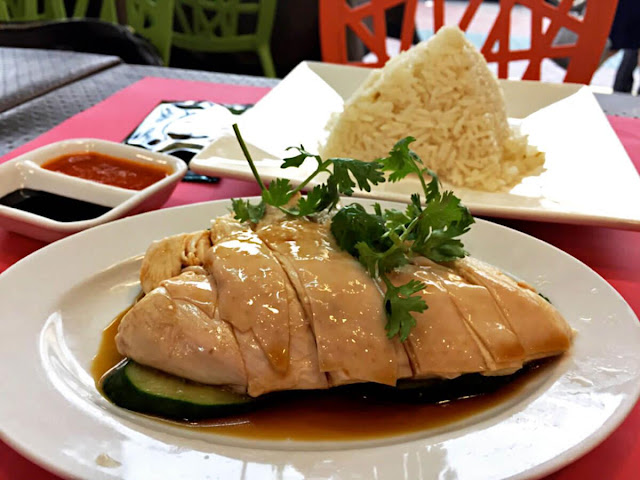Few subjects in the Philippines raise as many differing opinions as the right way to make adobo. It’s a topic everyone feels passionately about, whether they cook or not. The reason is that a good adobo is a life-changing dish. Everyone wants everyone else to experience the epiphany, but the devil – as they say – is in the details, and the details can be squabbled about endlessly.
 |
| How to make Adobo |
We know the Malay voyagers who originally landed in the Philippines used vinegar and salt as a way of preserving food, keeping it edible for longer. In the hot tropical climate on the islands, vinegar appears again and again in traditional recipes, dating back to a time before refrigeration. Filipinos were already preparing their protein in a marinade of vinegar and salt before the Chinese traders arrived.
 |
| A simple pork Addobo/ Source Ernesto Andrade |
When the Spaniards arrived, they saw how the Filipinos used vinegar to marinate their chicken, pork, and fish. The Spanish word ‘adobar’ refers to a marinade or pickling sauce. In his writings, Pedro de San Buenaventura labeled the Filipino version ‘adobo de los naturales’ – adobo of the natives. The name stuck.
As each region of the Philippines has its own produce and preferred flavor profile, there are different versions of adobo across the islands. Where seafood was plentiful, adobo ng pusit (squid adobo with squid ink) became popular. In Southern Luzon, where heat and coconut milk are popular ingredients, adobo ng gata (adobo with coconut milk and green finger chilies) emerged. There are countless twists on adobo, and around the Philippines, you’ll find versions that include sugar, liver, potatoes, morning glory, laurel leaves, the list goes on.
 |
| Beef cheeks and tendons Adobo |
Read more: Top dishes you need to try when visiting the Philippines
 |
| Home-made Adobo served with rice/ Source Pulaw |
Source Esther De La Cruz/The Culture Trip










